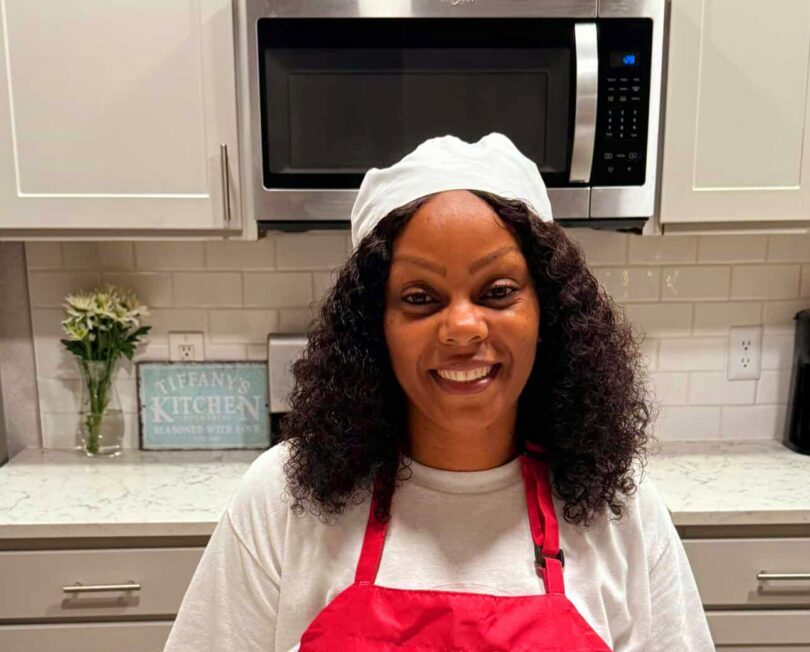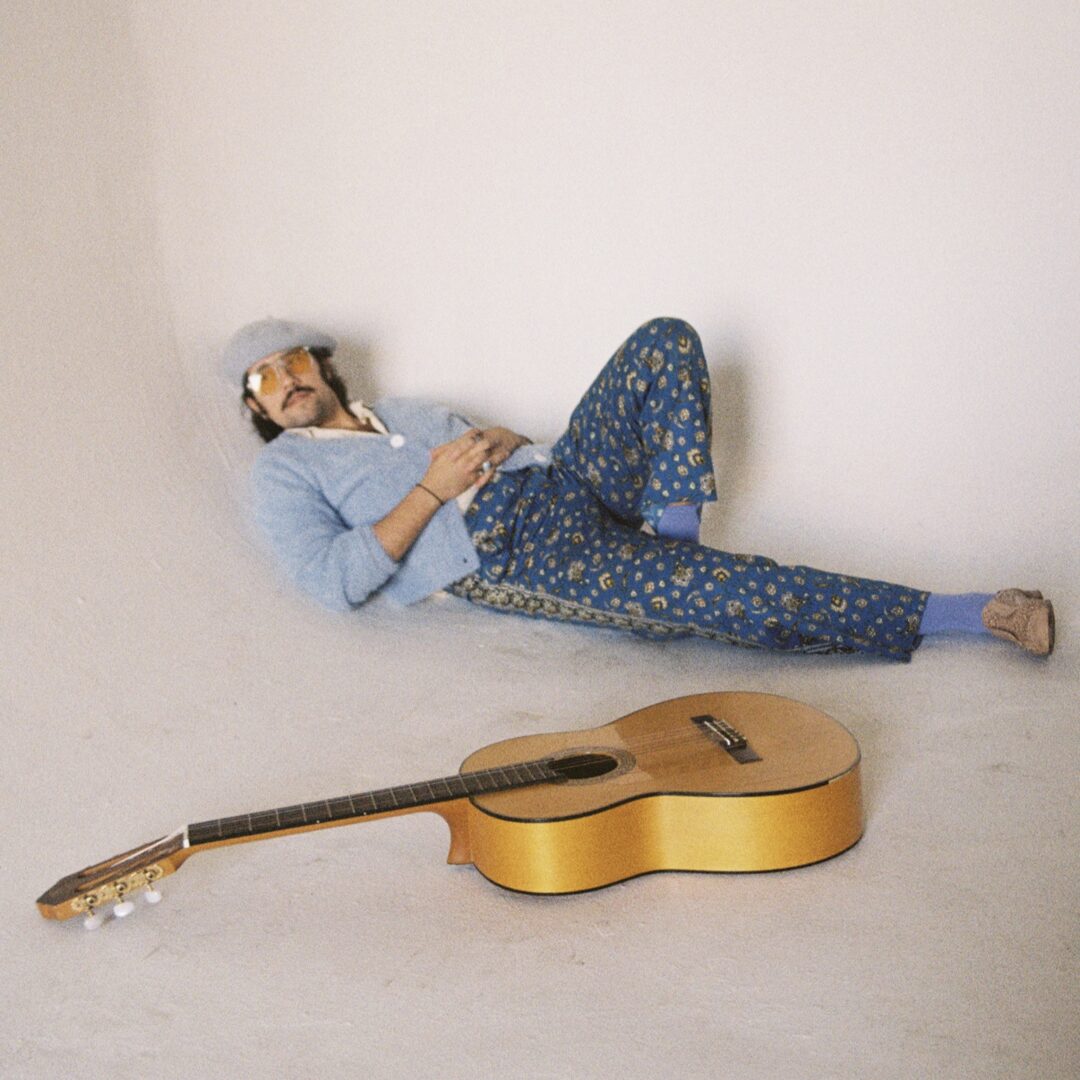We were lucky to catch up with SUNGJAE LEE recently and have shared our conversation below.
SUNGJAE, thank you so much for joining us today. Let’s jump right into something we’re really interested in hearing about from you – being the only one in the room. So many of us find ourselves as the only woman in the room, the only immigrant or the only artist in the room, etc. Can you talk to us about how you have learned to be effective and successful in situations where you are the only one in the room like you?
I started to make performance art in 2011 in Seoul, South Korea. I was a sculpture major, and ironically, I got sick and tired of its traditional privilege as I studied it more. My art practice visualizing minoritarian subjects did not go along with the sculpture medium, which materializes their existences, transforms them into tangible forms, and displays them on a podium of white cubes in a gallery.
My opposition to sculpture naturally led me to dream of different mediums. Something more active, participatory, devotional, and socially engaged. Unfortunately, neither my alma mater nor other institutions in Seoul taught performance art at that time (I have heard a few schools offer courses today, but theory-based). All I had were books or YouTube videos, and they functioned as a nutrient for my practice as they ignited my imagination of what performance art can do and what I can conceive for my projects. I earned both a B.F.A. and an M.F.A. in Sculpture by presenting live performance pieces for my thesis shows. Looking back at that time, I took the risk of becoming a black sheep in the department and followed my heart. As a self-taught performance artist, I felt an urgency to develop myself professionally after graduation. Therefore, I attended the School of the Art Institute of Chicago (SAIC) to earn my 2nd M.F.A. in Performance Art. And now I have been teaching classes in the department for almost 3 years.
It has been definitely challenging and lonely to chase my dream as a performance artist. However, as I have focused on what I wanted to achieve, I could be where I am right now with generous support from my family and like-minded cohorts. Having faith in your potential will make your dreams come true, but also help you persevere beyond the immediate.


Thanks for sharing that. So, before we get any further into our conversation, can you tell our readers a bit about yourself and what you’re working on?
As a gay man born and raised in South Korea, which is still ethnically homogenous and sexually conservative today, I have grappled with how to perform masculinity. My experiences of being called out as less “masculine” or even as “feminine” due to my physical traits and queer identity led me to investigate not only what defines masculinity, but how to visualize socially marginalized groups through immaterial and time-based mediums—performance, installation, video, sound, and text.
Relocating to Chicago in 2017, my practice anchored in gender/sexuality has gained a racial aspect and led me to focus on a specific group: queer Asian men. My lack of muscular build and sparse body hair have caused me to fantasize about Caucasian men as the representation of power and privilege. I am critical of this whitewashed desire because it risks perpetuating the racial hierarchy in Western society, which often regards Asian men as effeminate, sexless, and invisible. How do we begin to understand desire in relationship to race and ethnicity? What is the limit of desire before it falls into the traps of racial politics? How can my bodily experience and sexual fetish remain in dialogue with the visibility of queer Asians? How can I envelop viewers in tactility, eroticism, mixed emotions, and honesty?
Through these questions, I materialize my physical body along with clay and human hair, and share the narratives of my history, memory, and interior experience to present new forms of masculinity. I paint or sculpt my body with colored clay, harvest chest hair from a specific race to wear, and archive my queer journey of interacting with people whose identities are different from mine. I have my hands in every aspect of my practice, from sourcing materials out of my own lived experiences to presenting works with my body. I don’t hesitate to be self-referential, transparent, and vulnerable as I believe personal stories with political power echo one another. And I am always willing to function as an artist with agency delivering stories of mine and other queer Asians scattered around the world, both in Asian diasporas or Asian countries.
Lately, my creative interests have been deepened by exploring the fine line between two polarized concepts, especially pleasure vs. pain, through hairy shirts and frictional sound making—employing this exploration as a tool for imagining queer Asian futurity. I ultimately aim to contribute providing my creative practice as a platform where queer Asian folx can commemorate their past and build a brighter future collectively.


There is so much advice out there about all the different skills and qualities folks need to develop in order to succeed in today’s highly competitive environment and often it can feel overwhelming. So, if we had to break it down to just the three that matter most, which three skills or qualities would you focus on?
I cannot come up with any specific advice at the moment since I feel like I am still emerging career-wise. But, if there are a few things I could share based on my experiences as an international performance artist, I would like to say…
Believe in any field that you are currently in since it has potentialities to be translated as performance art and make your practice special. From performance art adjacent fields like theater, dance, rituals, or protest, to something that seems to have no connection to performance art like AI technology. Performance art is a total art anchored on the idea of body, meaning that the flexibility of the medium could incorporate various disciplines, styles, narratives, and lived experiences that bodies have. In my case, my sculpture background has been informing me of performativity in my practice. Although I said that I divorced from sculpture earlier, it has been recurring in my practice in so many different ways—activating props, costumes, or stages that I create through my body as another physical material along with them. As much as my understanding of the ephemeral medium tangibly and 3-dimensionally benefits me in shaping my own performance practice, I do believe your own background and knowledge in a specific field will help you build a unique creative language.
Be curious and attentive about what is happening around you. I am a firm believer that art and life are interconnected. Artworks reflecting on one’s rich stories related to identities, cultures, and everyday lives can provide a gateway for the audience to see the world from a different angle, but also diversify our society. Thinking of post-modern dancers from the Judson Dance Theater in the 60s employing everyday movements like running and standing to make a new dance, queer performance writer José Esteban Muñoz’s belief in mundane and quotidian objects bringing the sense of queer utopia, or my latest project aiming to bridge stories from different generations by using traced images from my grandmother’s abalone closet. If you open your mind and observe your surroundings in detail, you will get inspiration for your art that could reverberate with others.
Lastly, give yourself a space to dream of joy and celebration in your art practice. We are now living in a world full of violence, injustices, and horrors. Even though envisioning a better future seems cramped, I really wish we use art as a refuge with a hope of sustainability, allyship, and community.


How can folks who want to work with you connect?
One of the main materials of my practice is human hair, and I use this bodily material in order to explore the ideas of masculinity, desire, labor, and new queer Asian body images. I always look for participants who are interested in donating their hair and making art together.
For the ongoing video series “Temporal Chest Hair,” where I film the exchange of chest hair shaving and transplanting services with 26 hairy white men, I am in need of 15 more participants with chest hair. Please reach out to me if your first or middle names begin with these English alphabet letters: E, F, G, H, I, M, O, P, Q, R, U, V, W, X, and Y. You can check out the work-in-progress film here: https://vimeo.com/1053935043
I also collect non-white people’s hair from different body parts. For example, I used my Korean friend’s head hair snail-mailed to me for my drape installation, preserving various hair samples of BIPOC folx in plastic sheets. If you’re interested in participating in my artmaking but live outside of Chicago or Seoul, let’s discuss how to make it happen!
Contact Info:
- Website: https://sung-jae-lee.com/
- Instagram: thony0806


Image Credits
Headshot image: Sunny Leerasanthanah
Work image 1: Gary Guanyu Xu
Work image 3: Mikey Mosher
Work image 4, 5: Ji Yang
Work image 7: Sandra Oviedo
so if you or someone you know deserves recognition please let us know here.




